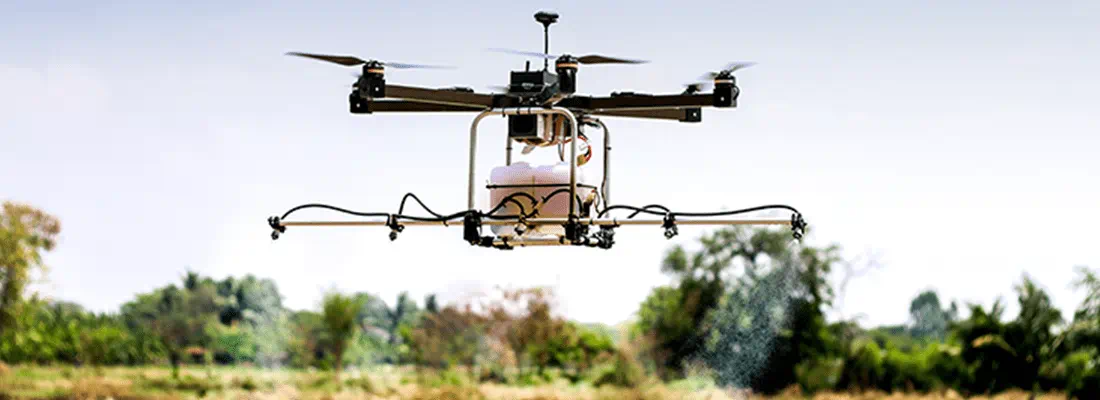UAS, although still in the early stage of adoption and usage, are rapidly growing in popularity in the horticulture scene. The benefits of drones in agriculture are becoming more apparent to farmers and RPAS are proving to be extremely beneficial in precision farming, crop dusting and mapping and detection of inconsistencies in the field.
Making leaps in efficient farming
Greentech currently sees drones being used for pest and disease control and detection, irrigation monitoring, identifying planting flaws, maintain plant vigour and inspecting the structural integrity of the growing areas. Drones enable that farmers make leaps in efficiency and effectiveness through using drones for regular check-ups on the development of the crop, capturing images and analyzing them in chronological order. This means that managers and work floor staff are able to target specific problem areas and attack them head on; without needing to check every crop to find an issue.
Monetizing drone-captured Big Data
Sky monitoring as a practice to support agriculture is already in place in several countries. The data that comes from this can become valuable in the long term, it can yield new business models which will have a greater impact than direct agricultural-related insights and less accurate data. For example the possibility to place all data in a central geographic information system (GIS). In time this data can be used for monitoring agricultural tasks, similar to autonomous fleet management.






